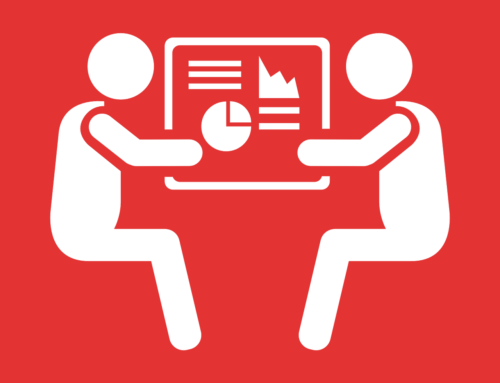A Brief History of Job Advertising

Before the internet, employers advertised their jobs through print mediums. An employer would call up a newspaper and buy an ad, then wait to receive inbound inquires. Fast forward to the internet, and we saw the rise of job boards, where employers would pay to post a job for a certain amount of time in a given location (a duration-based job post). An employer would be given ad space, which was pretty much it; no results or obligations other than that would be included.
These duration-based posts evolved to incorporate a concept called CPM, which is a cost per impression. So now an employer would at least see how many people would be served their ad.
As the internet has matured, so have job boards, business models. Indeed was one of the significant drivers of the change to a pay per performance model using cost per click as the driving metric. This made the duration and CPM based job model mostly irrelevant. Job posts are performance-based, ensuring that a company is receiving something for their investment, which in this case is clicked.
Pay-per-performance enables hiring organizations to manage their recruitment ad budgets one step closer to per applicant. Paying per applicant would be a conversion event that occurs on clicks. And one step further would be paying per qualified applicant. This is a large part of the service that recruiters provide.
As job boards continue to evolve, we see the rise of programmatic exchanges that control job boards. These programmatic recruitment marketing vendors are starting to make the claims of providing a cost per applicant, and even further a fee per qualified applicant. The below diagram gives a brief overview of this information:

JCSI has its own internal programmatic recruitment marketing algorithms that make full use of job boards. This ensures our client job advertisements are seen by passive candidates that might not otherwise see them. This is one of the many tools JCSI uses to enable our clients to see more qualified applicants faster.




